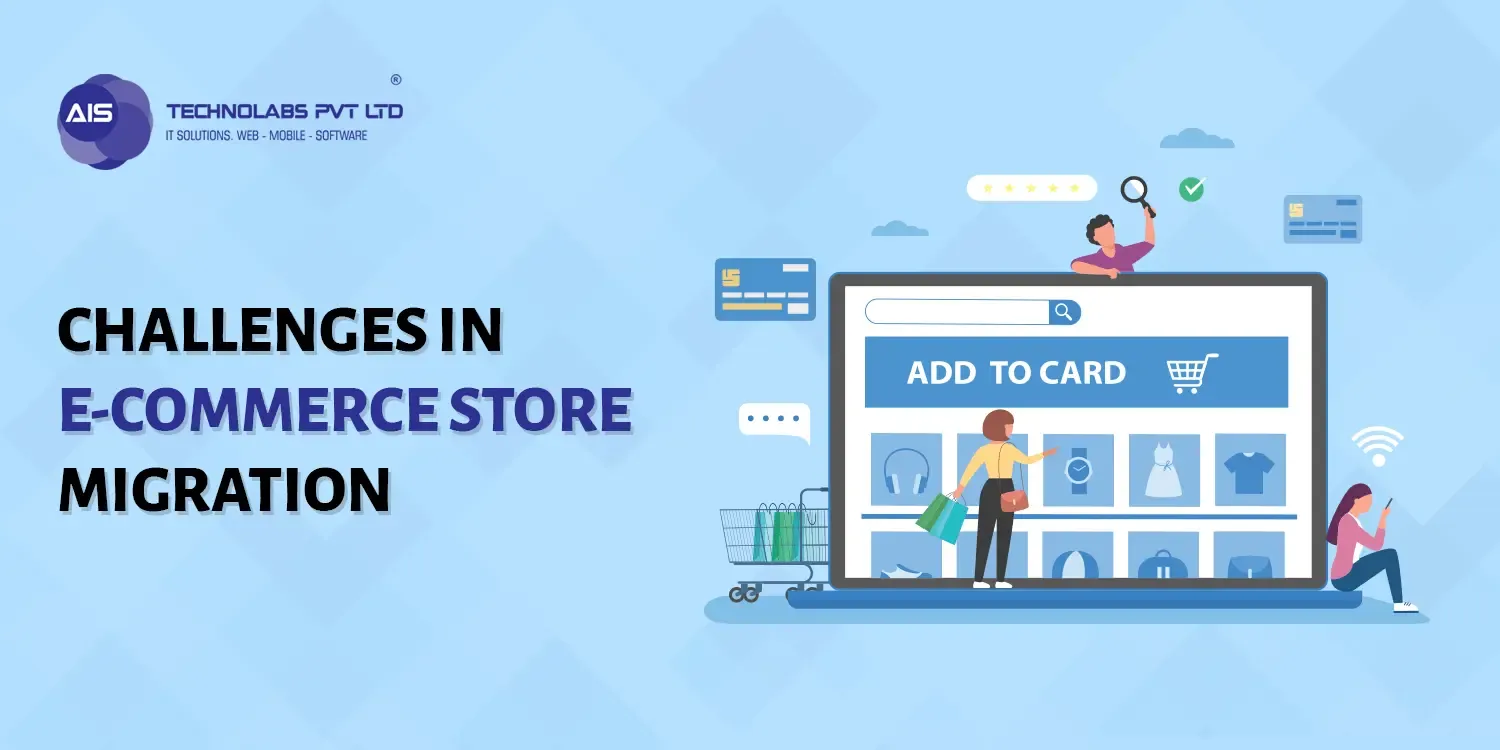Table of Content

Quick Summary
The emergence of online ecommerce platform

A recent report published by Statista indicates that it is proven that the eCommerce market will have a global revenue of $7.4 trillion by the end of 2025. Several governing factors define how this new form of business has gained such immense popularity worldwide. However, before we proceed further, let's have a quick walkthrough of some of the main reasons for ecommerce platform popularity.
- Ecommerce businesses are open to all 24X7, which is impossible for traditional brick-and-mortar companies.
- Users prefer access to almost all items from different categories, so they can quickly shuffle through unique collections and check the products to find the essential ones.
- Another reason ecommerce store development has become so popular is the flexibility of shopping for businesses and users. There is no need to go through the hassle of establishing a physical business, walking up to a store to get something you need, and so on.
- On top of all these, users now carry the stores where they go because most ecommerce platforms can be accessed via cell phones. (iOS and Android).
- You don’t have to worry about printing templates, pasting banners on the wall, using hoardings, or any such obsolete trading methods. For marketing, you can opt for ways like social media marketing, advertisements, and so on.
What is ecommerce store migration?

Expert Tips and Tricks to Design Your First Ecommerce Store
Need for ecommerce store migration
1. Access to new reporting features:
2. More testing abilities:
3. Better compliance and compatibility:
Challenges Faced During eCommerce Platform and How to Solve Them?

1. Migrating Different Data Types
2. Handling Customer Information
3. Establishing Privacy
4. Making a New Catalog
Key Strategies to Grow Your B2B eCommerce Business
5. Mapping Categories and Products
6. Maintaining and Building CMS Pages
7. Working on SEO and Traffic
8. Setting up New Monetary Networks
Conclusion

Harry Walsh, a dynamic technical innovator with four years of experience, thrives on pushing the boundaries of technology. His passion for innovation drives him to explore new avenues and create pioneering solutions that address complex technical problems with ingenuity and efficiency. Driven by a love for tackling problems and thinking creatively, he always looks for new and innovative answers to challenges.